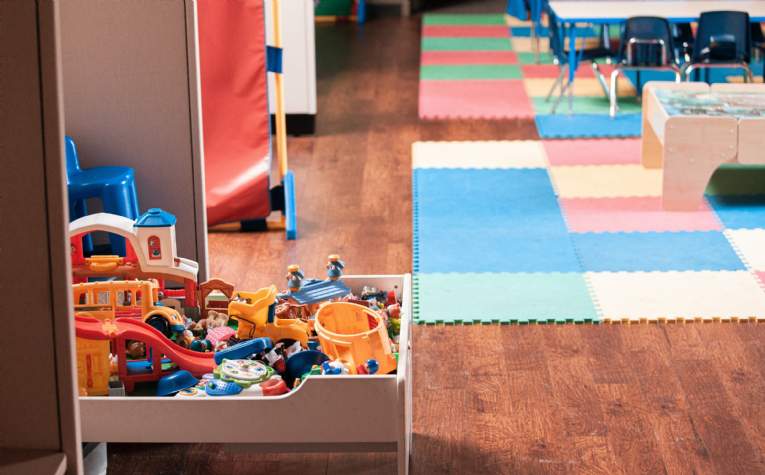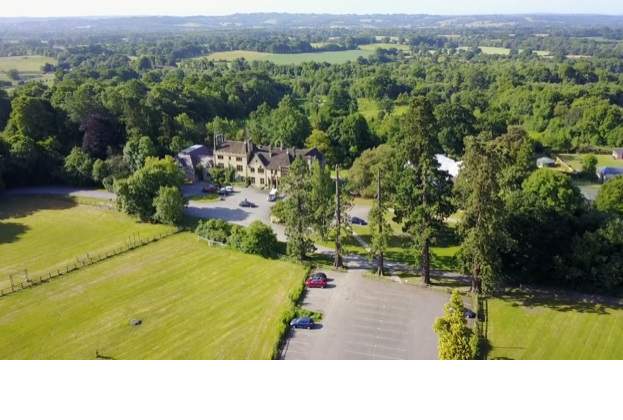Off-site construction (sometimes called Modern Methods of Construction) has been, and will continue to be, popular in the student accommodation sector. A number of modular systems have come and gone, but with developments largely being of a standardised design, frequently comprising either en-suite bathroom pods within more traditional builds or complete bedroom units bolted together, student accommodation can often be built more quickly and efficiently off-site, before being put onto pre-prepared podiums and around central cores.
It’s often said that this type of construction is more environmentally friendly, as it means fewer wasted materials, along with better levels of quality control, and it probably is. Certainly research shows pods require less maintenance and therefore incur fewer operational costs. But there are questions over the long-term ‘whole life’ sustainability of such pods, particularly the ‘drop in’ fully fitted glass-reinforced plastic (GRP) bathrooms.
GRP has been commonly used in the sector since the 1980s. Current GRP main manufacturers are offering 40-year guarantees, but many original pods had a lifespan or guarantee of approximately 25 years.
The problem is that when the GRP facing becomes worn out or pods come to the end of their lives it’s difficult to refit or modernise them. In many cases the only option is to remove and replace them in full, as older surface finishes become beyond difficult or impossible to refresh in-situ.
As many of the schemes first constructed using GRP are now approaching a crunch point, in some cases it’s causing finance and environmental concerns alike for universities, operators and investors in the sector, although a number have yet to register the issues. No one wants to send material to landfill in this day and age, plus effectively having to take down buildings and reconstruct them causes massive operational issues as well as requiring a huge financial outlay.
The first thing the industry can do is use different methods of construction to future-proof new projects as the recycling industry shows no signs of producing an economically viable or practical method of recycling GRP. Timber-framed and metal off-site pods, which have been available for some time, can be refitted with tiles or panels and be updated on-site, therefore cutting the amount of material needing to be disposed of, plus reducing disruption during the works process.
For universities and investors with off-campus accommodation, there’s the option to potentially re-purpose or re-build redundant student units into private residential housing. This requires capital investment, with ultimately the same GRP recycling issue, so doesn’t necessarily bring any environmental benefits in the short term. However, as a longer-term option, it could raise funds to deliver more sustainable accommodation as a replacement, removing the operational issues of having large tranches of student housing being out of action while it’s rebuilt.
Ultimately, there’s little that can be done to make the hundreds of thousands of GRP pods already in use more sustainable. But what we should be doing as part of the life-cycle cost modelling for all student schemes from the outset, whether using timber-frames or through the more environmentally friendly methods currently being developed, is planning for their updating and possible future use. This will ensure that from the beginning we consider their long-term environmental impact and that operators are budgeting accordingly for works when they’re required rather than being caught out with a growing replacement legacy, as many owners and operators must now be finding.
Further information
Contact Savills Building & Project Consultancy

.jpg)
.jpg)
-act-promoting-sustainable-travel-to-school.jpg)

.jpg)


.jpg)